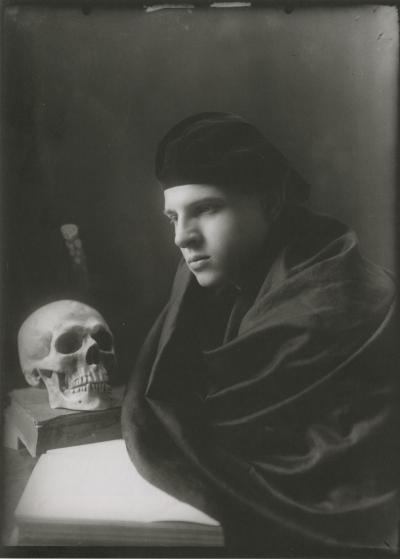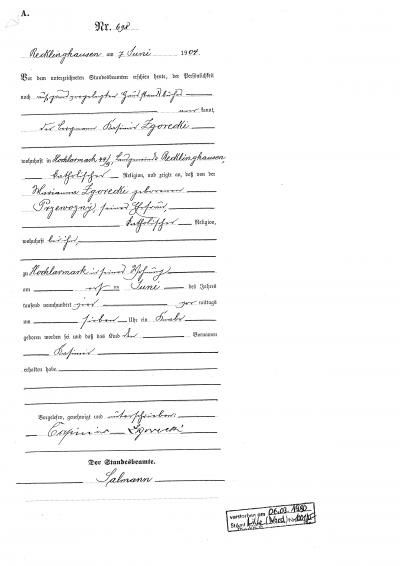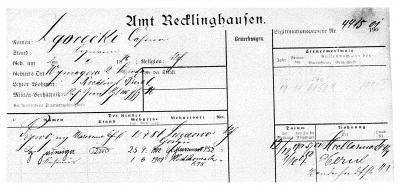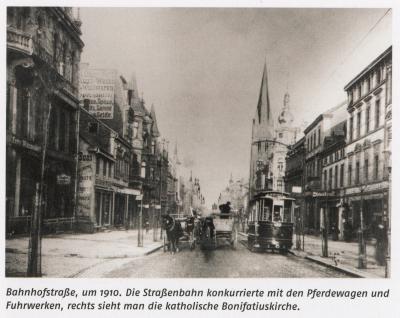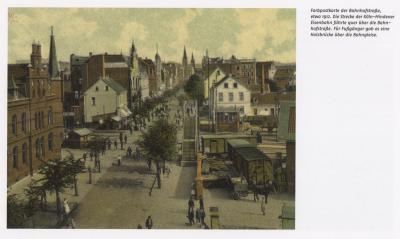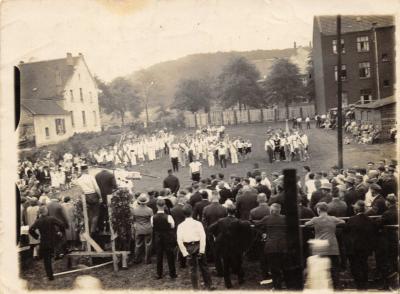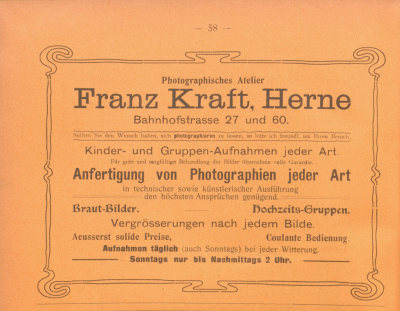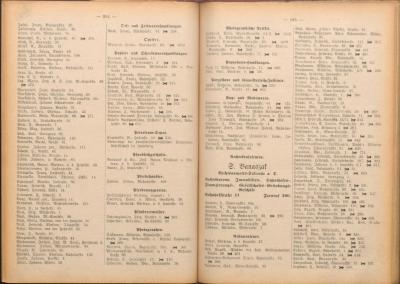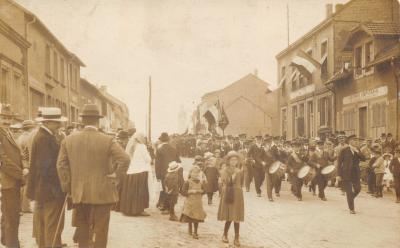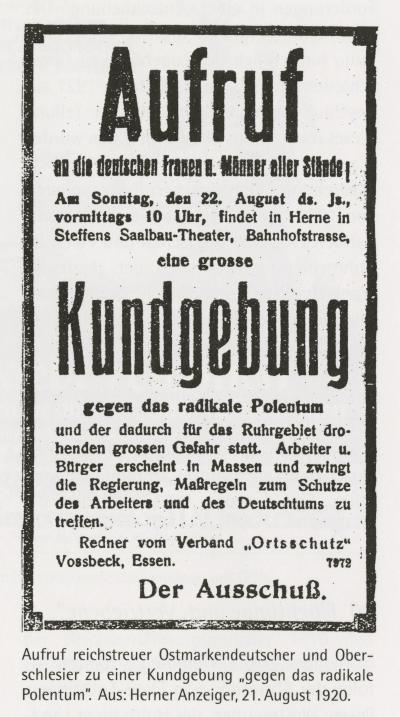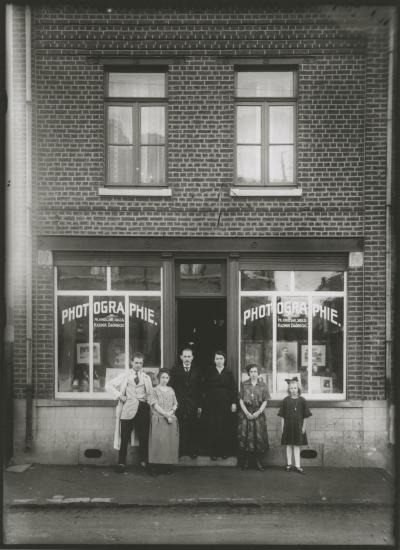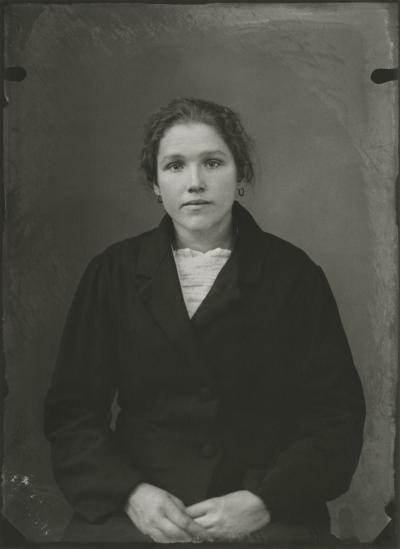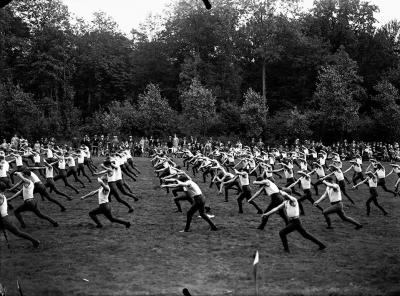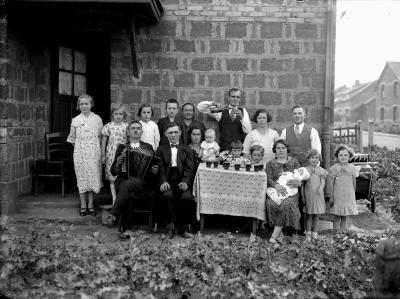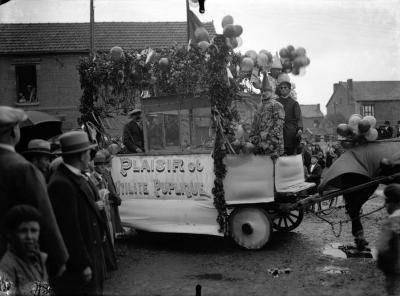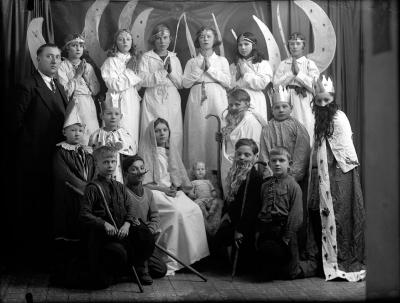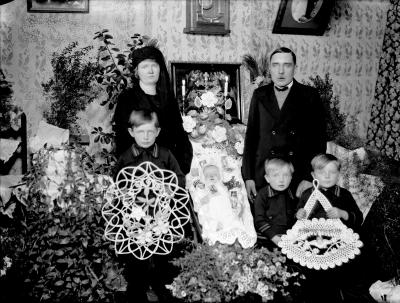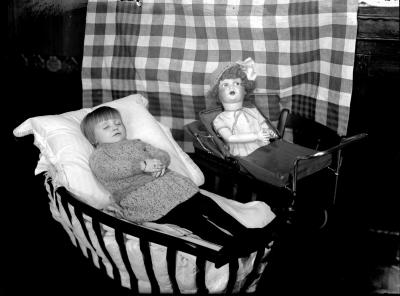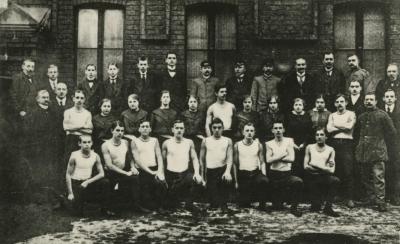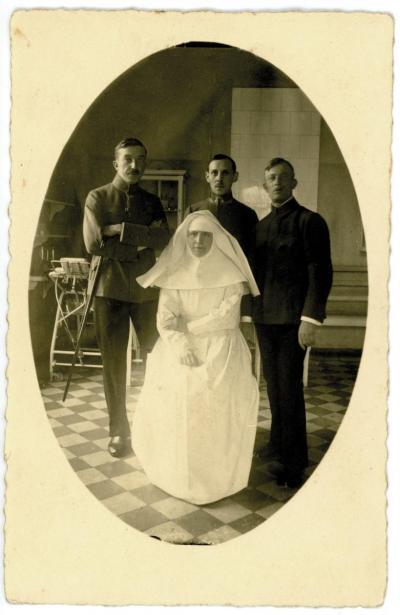Kasimir Zgorecki (1904-1980) – from Recklinghausen to the pantheon of French photography
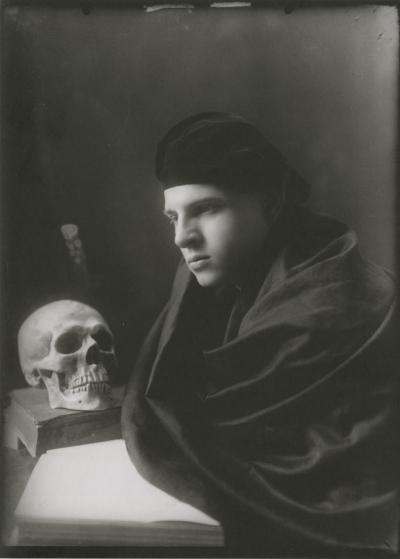
Kasimir Zgorecki’s youth in Herne
Kasimir and his family went from a Polish hotspot to the “Polish capital of Westphalia”, as historian Frank Braßel calls Herne in his essay.[27] “Around the turn of the century, the Ruhr Poles were shaping the image of Herne and Wanne-Eickel significantly.”[28] The population there also grew tenfold between 1871 and 1910.[29] The Zgorecki family arrived in the city with this stream of people in 1907 and lived in the centre until 1922. Based on search results in the Herne City Archives, the city’s old address books show that they moved at least five times. They contain records for Kasimir’s in 1908/09, 1910, 1912 and 1914 and his profession as a miner is also stated. They lived in Bochumerstraße for many years and probably went shopping many a time in the city centre and in the famous Bahnhofstraße (see Fig. 4 and 5).
Just how much the mines were shaped by the Polish workers can be seen very clearly from the Mont-Cenis/Unser Fritz and Shamrock. In common parlance, they were called the “Polish quarter” and the “Polish corner”.[30] The workforces were made up of compatriots, with Poznań miners dominating at Mont-Cenis.[31] It is safe to assume that Kasimir’s father also worked in this mine. But just what everyday life looked like outside work can be seen particularly from an article by the author Aurel von Jüchen. In 1911, he wrote a travel report about Herne and described the appearance of the city. His first impression was less than positive; he described the train station as dirty and overcrowded with people, coal wagons, and trolleys.[32] But he was particularly fascinated by Bahnhofstraße itself (see Fig. 6 and 7). “On Herne’s Broadway there is life and activity just like in a proper city.”[33] Von Jüchen told of imposing building façades, the electric railway, countless shops, and street signs that showed the way in both German and Polish.[34] The centre of Herne was a modern town with traces of Poland. During a visit to a public house, he noticed some posters with slogans stating that there were to be no “hurrahs”, hands were not to be banged on tables, and tapping your feet was also prohibited. When he asked about the posters, he was told that they were aimed at Ruhr Poles.[35] In his travel report, he described the Poles as passionate but with an excitable temperament which could assert itself in working life, however.[36]
[27] Frank Braßel: Die polnische Hauptstadt Westfalens, p. 22-33.
[28] Frank Braßel: Die polnische Hauptstadt Westfalens, p. 22.
[29] Frank Braßel: Die polnische Hauptstadt Westfalens, p. 23.
[30] Frank Braßel: Die polnische Hauptstadt Westfalens, p. 26.
[31] Frank Braßel: Die polnische Hauptstadt Westfalens, p. 26.
[32] Aurel von Jüchen: Herne 1911, p. 183.
[33] Aurel von Jüchen: Herne 1911, p. 183.
[34] Aurel von Jüchen: Herne 1911, p. 183.
[35] Aurel von Jüchen: Herne 1911, p. 184.
[36] Aurel von Jüchen: Herne 1911, p. 184f.
